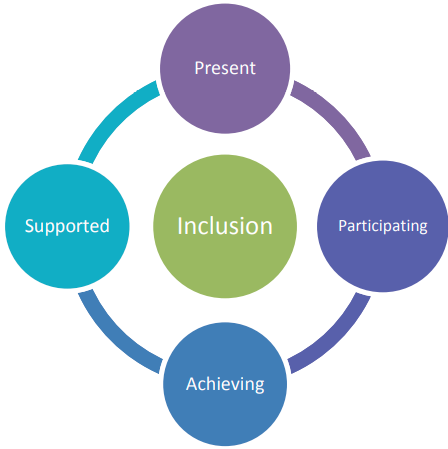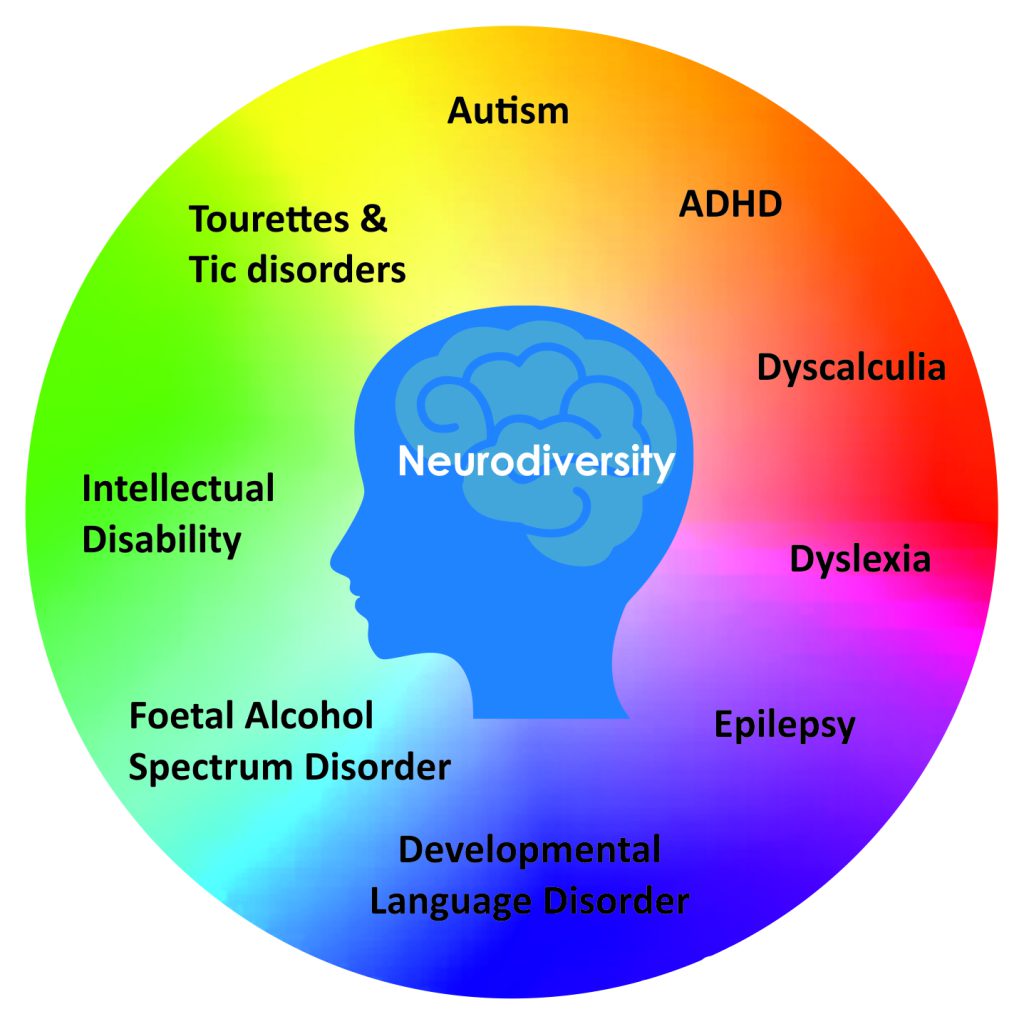Inclusion and Supporting Learners
Scottish education is based on the understanding that education is a human right and that all children and young people should be supported to reach their fullest potential. Scotland’s education system is designed to be an inclusive one for all children and young people in Scottish schools, with or without additional support needs.
This inclusive approach not only allows children and young people to thrive in their community but also contributes to all children and young people’s understanding and appreciation of diversity and helps to build a more just society.
Scotland’s needs-led system emphasises the learner is at the centre and the provision of support in education is not dependent upon a formal diagnosis or identification of need.
The central message is simple: every learner matters and matters equally. The complexity arises, however, when we try to put this message into practice. Implementing this message will likely require changes in thinking and practice at every level of an education system, from classroom teachers and others who provide educational experiences directly, to those responsible for national policy’.
A Guide for ensuring inclusion and equity in education, Pg 12, UNESCO. |
https://unesdoc.unesco.org/ark:/48223/pf0000248254 Our school education system, and the policies and legislation which support it, is designed to be inclusive and one which is based on the needs a child or young person experiences. Further information on the policies and legislation can be found here.
Inclusive practice is important whatever the setting, whether it be within a mainstream or special school. There are four key features of inclusion which can be used to set expectations and evaluate inclusive practice in schools and early learning and childcare settings. The four key features of inclusion within the Scottish educational context are highlighted in the figure below which shows the four key features of inclusion for learners.

Together these four features support the delivery of inclusive learning environments for all children and young people that enable them to reach their full potential. Some aspects of the four features may interlink. For example, children and young people must be present in order to participate, as a result, elements of practice associated with the key features may also overlap
Each school community is unique, and variants will depend on factors, for example:
- Geographical location
- The needs of learners in the school
- The Scottish Index of Multiple Deprivation (SIMD)
- Ethos
- Engagement levels from within and out with the school
An inclusive school ethos includes the creation of supportive learning environments and adapting learning environments to specific needs. Creating a positive learning environment through positive relationships and behaviour is the responsibility of everyone in each community of learning.
An inclusive school ethos for autistic learners and for all children and young people includes the creation of supportive learning environments and adaptations to specific needs. Creating a positive learning environment though relationships and behaviour is the responsibility of everyone in each community of learning. For autistic children and young people this means all those who are involved in developing the inclusive school community have an understanding of what autism means and the appropriate ways to support them and their families.
Further information is available in the section ‘Understanding Autism’
To support all children and young people to feel safe, healthy and happy, active, nurtured, achieving, respected, responsible and included all staff need to consider their own understanding of inclusive practice, their approaches and style of learning and teaching. This will include:
- Genuine and effective learner participation
- Educational planning and provision of the school curriculum, learning and teaching resources, approaches and all activities.
- Collaborative partnerships parents and other professionals, including the full range of allied health professionals, to ensure that children’s needs are appropriately identified and met
Supporting children and young people
Through good quality learning and teaching, staff in early learning and childcare settings and schools are able to meet a diverse range of learners’ needs through universally available supports. Teachers have a legal duty to identify, plan for and support children and young people with a range of additional support needs and many difficulties may overlap with other areas of need. Ensuring that children’s needs are appropriately identified and met requires effective partnership with parents and other professionals.
The information in this resource focuses specifically on autism, but many of the approaches and resources are inclusive by design and will help support a range of different needs and are not diagnoses led. The issues and barriers children and young people may face do not always fit neatly into categories and it is likely that there are overlapping barriers which are experienced. Autism can often present alongside other neurodevelopmental differences, such as those listed below.

Approaches to learning and teaching
All children and young people need support to help them learn. Through good quality learning and teaching, staff in early learning and childcare settings and schools are able to meet a diverse range of needs without additional support. Many identified needs of an autistic learner can be met by universally available supports and adaptations within a learning setting which will in turn support inclusive learning and teaching. Some autistic learners may need a more personalised approach for part or all of the school day and at different levels at different points of their education journey.
Practitioners may need to consider their own approaches and style of learning and teaching to ensure they provide an inclusive classroom environment which allows autistic learners to feel safe, healthy and happy, active, nurtured, achieving, respected, responsible, and included. This will ensure all learners develop the competencies that are central to Curriculum for Excellence – successful learners, confident individuals, responsible citizens and effective contributors.
Further information and resources